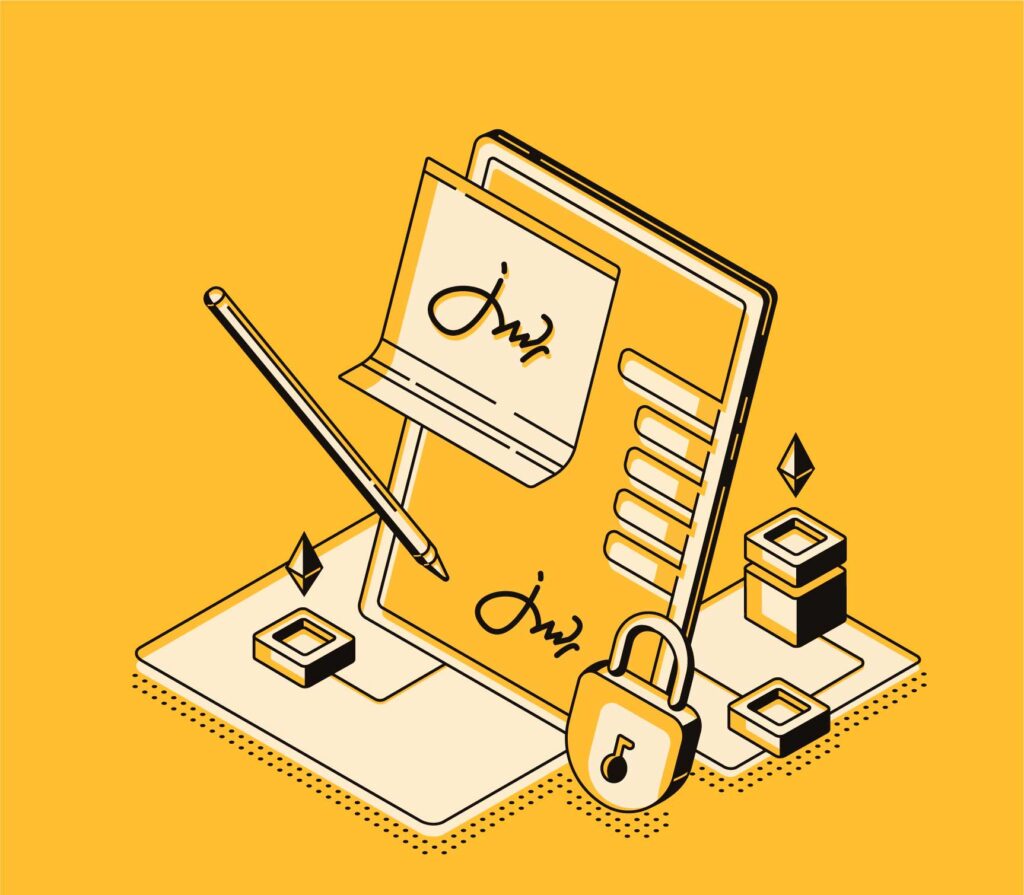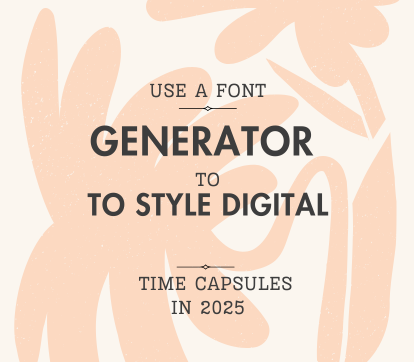
We see a huge number of text styles each and every day, from the news we read to the adverts we give the method for working. The ones that are successful will stay with us, while those that don’t meet our expectations indicate that something isn’t doing its job properly.
However, what makes a decent, fruitful text style? The answer comes in the form of font psychology, which states that the font you use to represent yourself elicits a corresponding emotional and visual response. Particularly in the computerized age, an association is a higher priority than at any other time, and a significant justification for why brands and organizations ought to painstakingly consider what textual style really takes care of business.
Let’s examine the meaning of font psychology, what it says about you and your business, and which fonts best represent you.
How does Font Psychology work?
The visual and emotional response you have to the font you are looking at is the essence of font psychology. Because Albert Mehrabian‘s Rule of Personal Communication states that 93% of personal connection is non-verbal, ideas and values must be communicated in the most straightforward manner possible. Contingent upon what we’re seeing, we’ll have our contemplations, sentiments, and activities affected in various ways.
The Kolenda Font Model is one psychological theory used to explain how other people perceive a font. It is a guide that breaks down font perception and what we associate with them step by step. A person makes a connection between a trait and a font when they see it. For instance, assuming somebody sees a wellness brand that is tied in with acquiring strength utilizing a strong textual style, the clients will see that text style and think: heavy, bulky, and thick. The fitness brand will then also be associated with this perception.
Typography
Before we get into fonts and what they might mean, it’s important to understand and apply the fundamentals of typography. Simply put, typography is the art of crafting a message in a way that makes it appealing to the eye. This likewise meaningfully affects textual style brain research, to summon contemplations of height or slimness, changing the separating or choosing whether to utilize capitalized or lowercase will affect a singular’s insight and considerations of the textual style and brand.
Shape and Color Psychology
It’s also important to keep in mind the rules of shape and color psychology. In shape psychology, we’d look at a shape’s geometric form and how it makes the viewer feel something. Since font elements feature geometric shapes, this would also have an effect on them. A font can have more roundness to create a wave that is calming and relaxing, or it can have rigid lines that give the reader a completely different look and feel. Color psychology also plays a significant role in altering human mood by varying hues and shades. Shape and color can be used to successfully create the mood you want your font to embody with the right cultural context and knowledge.
Why you should use Font Psychology?
Font psychology gives you the power to decide what you want to do and why you want it. If you open yourself up to learning how people react to fonts, you can influence how people you want to target perceive your business and design.
We have a goal in mind when we design something. The skill of selecting fonts that will inspire and empower your message is one of the most important tools in the design toolkit, allowing you to achieve your objectives. When designing for a flash sale, the right fonts for signage will encourage customers to buy rather than browse. When you use the right fonts for your social media posts, it’s more likely that people will keep coming back and interacting with your content. Creating these sensations of fervor, trust, and expectation means individuals will be eager to connect with and purchase from you.
Of course, making sure you don’t pick the wrong fonts is just as important. This could result in a catastrophe if a lot of hard work doesn’t hit the mark.
Different Font Styles and Their Characteristics
The meaning of different font styles and their characteristics: There are six distinct font styles, ranging from respectable heritage to boldly confident. Let’s examine each kind of font to learn how and what they communicate in different ways.
Serifs Fonts
Fonts with serifs We’ve all used serif fonts at some point. They are regarded as one of the most conventional font choices. They’re most frequently used to make a work of art, a customary and stable look and feel. This text style is an incredible counterpart for brands and organizations that vibe laid out or need to summon a feeling of trust and decency.
Organizations that are probably going to utilize serif text styles incorporate law offices, insurance agencies, and advisors. It can also work for a business that wants to show that it knows a lot about a subject and is an authority on it, or as a design for more formal situations.
Slab Serif Fonts
Slab serif fonts belong to the same family as serif fonts, but they have younger-looking bold confidence. Although the two categories may appear similar, slab serif fonts have a more chunky appearance due to the serif’s squared-off shape. They still have the same tradition’s heir, but they are much more daring, distinctive, and self-assured.
Chunk serif textual styles are ideally suited for those organizations that need to sneak up all of a sudden and leave an enduring effect. Combined with new development and natural items, section serif text styles can assist with conveying that energy. Courier, Rockwell, and Museo are three of the most widely used slab serif fonts.
San Serif Fonts
Sans serif fonts are contemporary, crisp, and minimal at the same time. These fonts feel progressive and open while also being straightforward and evoking a no-nonsense attitude. San serif employs a straightforward yet effective approach, so there are no additional flourishes that might cause the eye to wander.
This clearly deviates from the norm, evoking psychological associations of modernity and adventure. This spotless and straightforward look is in many cases found in text styles utilized by tech organizations (consider how the Google logo has changed from serif to sans serif in 2015) and brands that might view themselves as groundbreaking and present-day. Classic examples include Arial, Century Gothic, and Helvetica.
We suggest that the best website for generating fonts online is Fontgeneratorapp.com.



